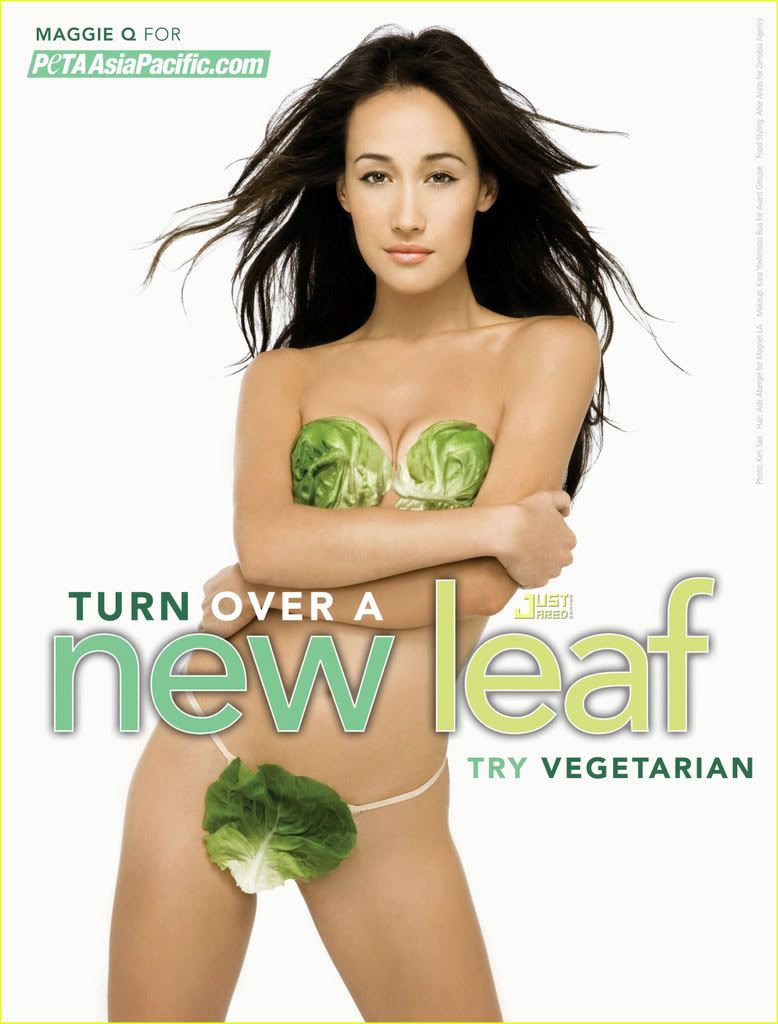Before I move on to the next few blogs that I have planned, I want to share some thoughts and theories with you. I know that visual rhetoric is a broad topic, and there are many facets to its study... I will try to be as brief and simple as possible because I don't want this blog to be blown over because of it's difficulty.
Therefore, I wanted to give a little more background to visual rhetoric. I think it's important to understand what philosophers and theorists have said about rhetoric- this may help us make our own conclusions and theories.
Images
Images are created to express an idea or an emotion- they are used to imagine alternatives or to create new ways of looking at something:
Visual CultureThis term is of recent origin. The three primary modes of communication in our culture is the written word, the spoken word, and the use of images. The term visual culture defines the study of how cultures use images to convey certain messages and meanings, perhaps even more so than the written word. That is a debate that is long-lasting, and one that i will not enter here...
We live in a
very visual culture- the use of fashion, icons, signs, advertisements and images are part of this American visual culture. For better or worse, our society as we know it is dominated by visual images.
AwarenessWe are bombarded by images of persuasion which are trying to motivate, change, or alter our perceptions of reality. The term perception could be a
blog on its own- according to many philosophers, our perception is individualistic. We see the world through the scope of our own situations and circumstances, and thus we all have different realities. There are countless realities because there are countless existences.
That being said, this blog is not trying to blow that domination of images out of the water- on the contrary; I am trying to create a catalyst to the structure of our own individual realities. By this, I mean that I am an advocate for "
visual literacy." I want my readers to understand how images work and how they persuade, and this will ultimately lead you on a path all by yourself- a path in which you must see the media through your own lens, not one crafted by naivety or "illiteracy."
So from now on, understand that I am trying to help you achieve awareness... I want you to be visually awake, alert, and on guard. If you become so, the study of visual rhetoric will open so many doors for you.
















